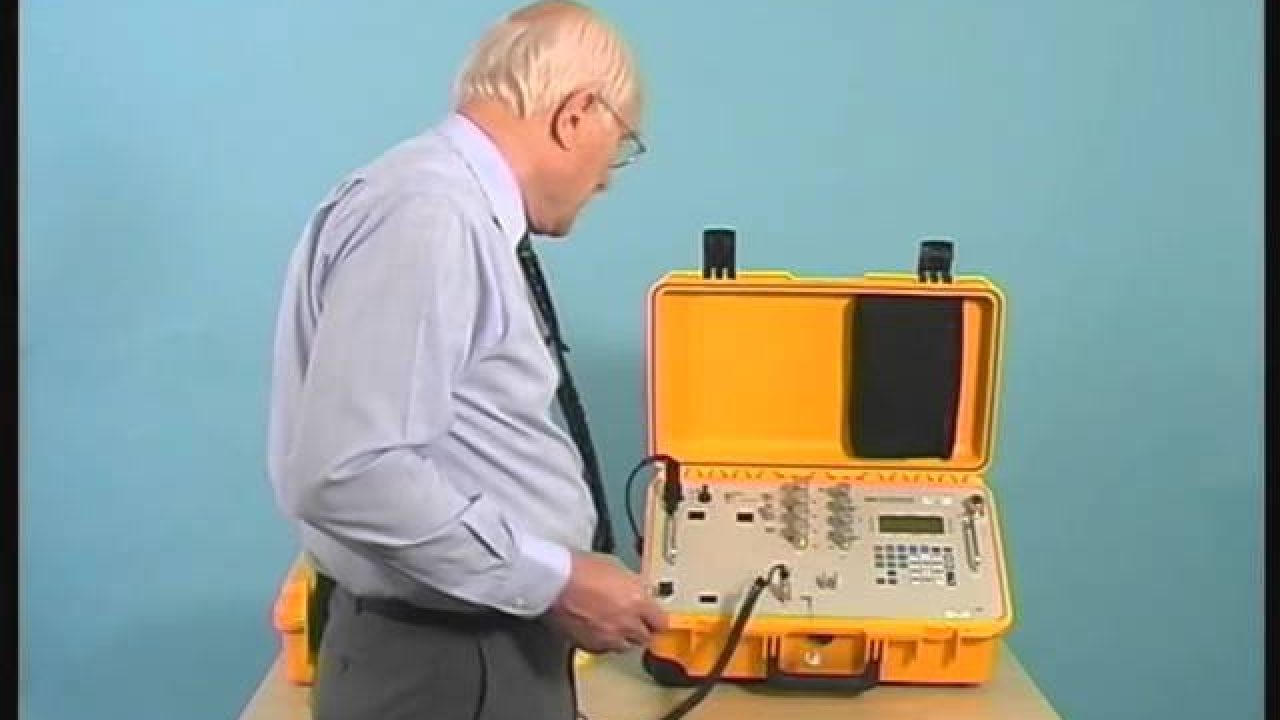When it comes to aviation maintenance, these aviation tools play a crucial role because they are responsible for performing the essential job of calibrating and testing air data equipment set up aboard aircraft. To ensure that flight operations are carried out in a manner that is both safe and effective, it is necessary to have these instruments, which are primarily pitot-static systems, to measure vital factors such as airspeed, altitude, and temperature and this article aims to explore the intricacies of these instruments.
Table of Contents
Importance Of Aviation Test Sets
ADTS are instruments used to ensure that the instruments on an aircraft supply the flight crew with correct and dependable data. Aviation industry professionals can guarantee the safety of both passengers and crew by routinely inspecting and calibrating these devices. Tools are essential for calibrating and testing the pitot-static systems, which measure altitude, airspeed, and other critical flying data. These steps must be followed to ensure that the instrumentation on the aircraft continues to be accurate and reliable.
Types
Portable and bench-top devices are the two primary tools that are available. Field testing and on-site calibration are two applications that are perfect for portable devices because of their small size and low weight. On the other hand, bench-top units are larger and more powerful than bench-top units, providing higher precision and accuracy for testing situations typically seen in laboratories.
A further distinction that may be made between an air data test set is whether or not they are digital or analog. The analog units make use of conventional analog technology. In contrast, the digital units make use of digital signal processing and more sophisticated algorithms to achieve higher levels of precision and dependability.
Key Components
Pitot-static devices are utilized to measure airspeed, altitude, and other important flight data. There is specific equipment included in ADTS that is used for calibrating and testing these systems to guarantee that they work accurately and dependably. When it comes to measuring air data, pressure sensors significantly contribute by providing information on air pressure and density.
Tools usually comprise calibrated pressure sensors to ensure accuracy in these readings. Temperature sensors monitor the temperature of the surrounding air and ensure that the aircraft’s instrumentation functions within the established temperature ranges. Temperature sensors are included in tools so that they can be calibrated and tested on these systems.
Applications
A significant amount of data test sets are utilized in the process of aircraft maintenance to validate the functionality of the aircraft’s instruments. Testing and calibration regularly help identify and address any potential problems before they have a chance to compromise flight safety.
In addition, instruments are utilized in the testing of flight simulators to guarantee that the instruments of the simulator accurately duplicate the conditions that are encountered during actual flight. In this way, trainee pilots can improve their skills in a realistic and secure setting.
Choosing The Right Tool
When selecting an ADTS, it is of the utmost importance to make certain that it is compatible with the aircraft’s equipment and avionics systems. Compatibility concerns can lead to erroneous readings, which can then lead to risky situations. The reliability and accuracy of a tool are crucial factors to consider. Units of higher quality offer greater precision and reliability, which guarantees that flight instruments will produce reliable and consistent data.
Common Challenges And Solutions
Temperature, humidity, and altitude are environmental conditions that can potentially influence the effectiveness of air data sensors. Preventing these effects and ensuring accurate readings can be accomplished through the use of calibration processes and routine testing.
Integrating tools with aircraft avionics systems occasionally presents difficulties due to software compatibility issues. Aviation professionals and manufacturers must work closely together to address these difficulties and ensure that the integration continues without interruption.
Future Trends
Sensor technology advancements, such as MEMS (Micro-Electro-Mechanical Systems) sensors, are the driving force behind tool improvements. By providing increased precision, dependability, and longevity, these sensors improve the overall performance of aviation instruments. Within the realm of tools, automation and remote monitoring capabilities are growing and becoming more significant. These capabilities allow for real-time monitoring and analysis of aircraft instrumentation, which in turn allows for preventative maintenance and analysis.
Conclusion
In the aviation industry, tools such as data test sets are unquestionably vital equipment that guarantees the precision and dependability of aircraft instrumentation. Aviation personnel can efficiently maintain the safety and efficiency of flight operations if they are thoroughly aware of the primary components, applications, and problems connected with these technologies.






